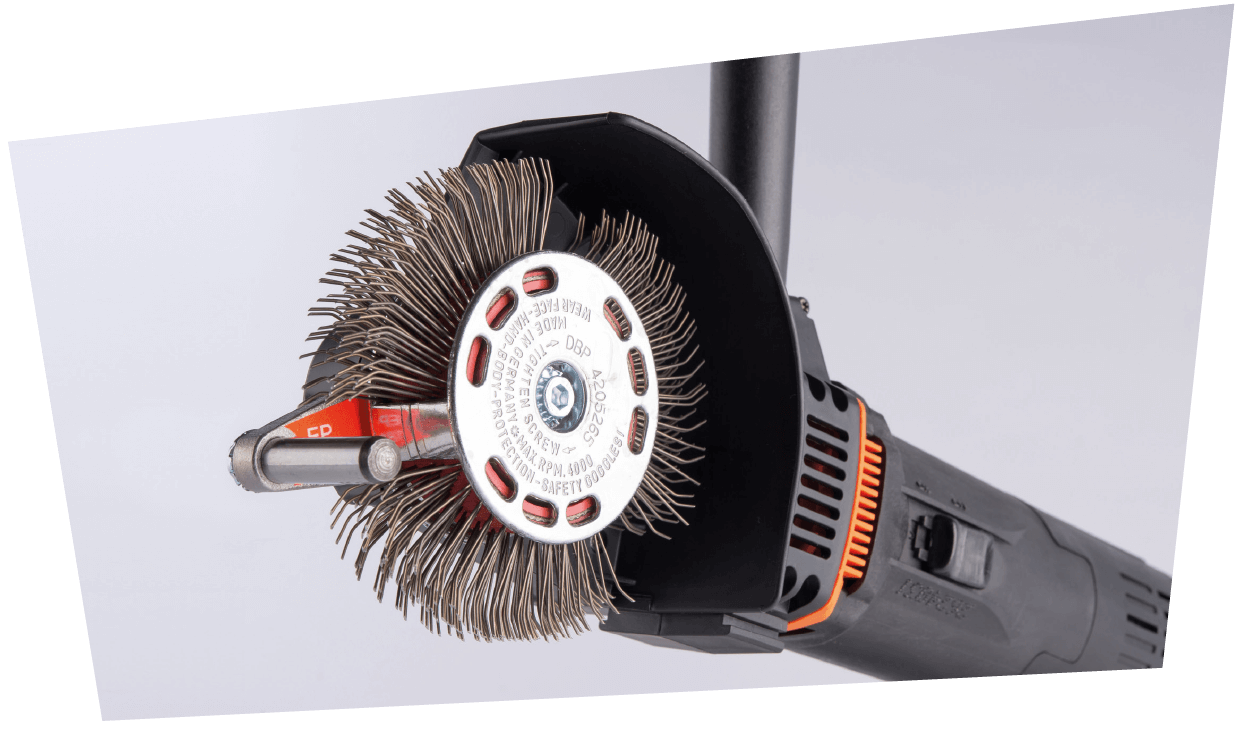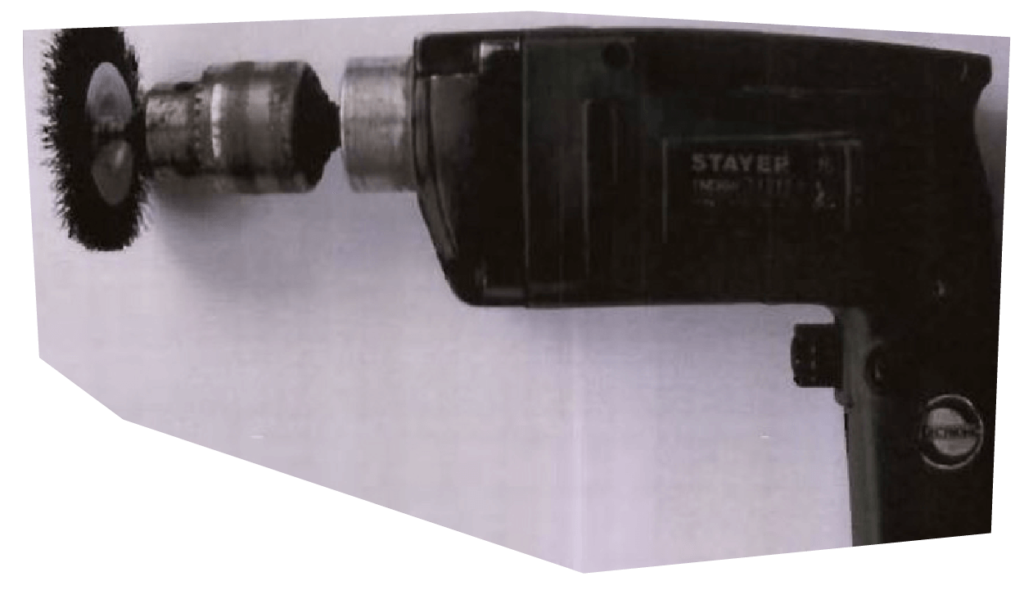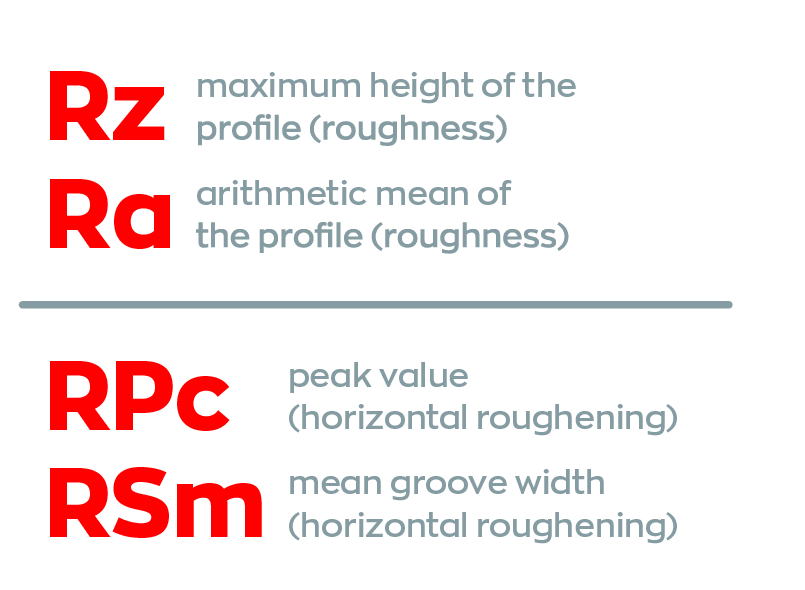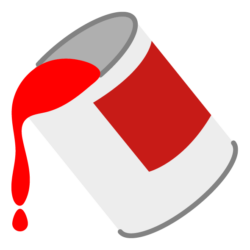Dr. Prepper
edition 8

Coating Longevity through Proper Surface Preparation
In this eighth edition of Dr. Prepper, we’ll continue to examine of why proper surface preparation is paramount and how the Bristle Blaster delivers uniquely high levels of surface preparation.
Poor surface preparation and coating application can lead to premature coating degradation, particularly through a loss of adhesion and a greater risk of corrosion.
There have been appropriate, well-defined standards available for many years, but these are not always applied, or at least not always correctly applied.
So, what should you take into account in your efforts for proper and successful surface preparation?

The regular RED PAPER from MontiPower®. Full of nice to know – and need to know – facts about the most optimal surface preparation since 1987.

Dr Prepper undertook an investigation to examine the surface preparation of the Bristle Blaster in comparison with grit blasting and conventional rotating wire brushes. We selected 3 different starting surfaces for our investigation – “mill scale”, “rust” and “cold rolled” – uncoated steel. Prepared surfaces were characterized by the degree of preparation and a range of roughness parameters. Coated coupons according to DIN EN ISO 12944-6:1998 were exposed to various levels of corrosion in accordance with the C3, medium term of protection, corrosivity category.

Bristle Blaster Electric Type

The first tool selected for the investigation was the Monti Bristle Blaster electric type 3200. With this tool we examined it with different belt configurations to examine the roughing potential. In the first case the 23mm carbon steel belt was used alone while in the second case we used 2 x 11mm belts side by side. The idle speed of the tool used was 3200 RPM. For surface preparation, either 1 brush with a width of 23mm was used alone or 2 brushes with a width 11mm were used side by side.
For the grit blasting, a mixture of angular cast iron pellets with a grain size of 0.1 to 1.0mm were used with a jet pressure of approximately 6 bar.
For the testing, we employed coupons of 150 x 100 mm with a material thickness of 3mm.
For starting points A and C we used hot-rolled stell S 235 JR and for the cold-rolled steel DC 01.

Figure 1: Conventional Rotating Wire Brush for Comparison
The third method employed was an electrically driven hand drill using a conventional rotating wire brush with a diameter of 75mm and width of 8-10mm. The rotational speed was 600 RMP (see Figure 1).


The bristle blasting method was assessed for surface preparation in acordance with ISO8501-1. In detail, the following results were obtained for different initial states (see Table 1 and Figures 3 to 14 in the Appendix PDF download below).

In contrast, and depending on the initial state of the coupon, conventional rotating wire brushing left either cinder or rust residues behind on the coupon surface.



“Bristle Blasting roughness compares favourably to grit blasting.”
Specifically, the following results for the initial states A, C and cold-rolled were obtained using new bristle blaster brushes (see Table 2 in the PDF download below):
Bristle Blast Roughing
(23mm wide)
Rz: 74 – 92 μm (exceeding by 60 μm)
RPc: 20-22 peaks/cm
Bristle Blast Roughing
(2 x11 mm wide)
Rz: 60 μm reached twice (61 – 84 μm), once 54 μm
RPc: 22-24 peaks/cm

Comparison:
Grit blasting
Rz: 69 – 75 μm (exceeding by 60 μm)
RPc: 26 – 30 peaks/cm
Rotating Wire Brush
Rz: 7 – 24 μm
RPc: 11-32 peaks/cm
The Bristle Blaster using 23mm or 2 x 11mm belts achieved roughness profiles very similar to grit blasting, although there was some inconsistency with the 2 x 11mm belts. Both surface roughness Rz and peak count RPc were also substantially similar.
The conventional rotating wire brush on the other hand only produced a roughness Rz of 7-24 um. As such, this method only meets the requirements for coating with restrictions.


4.1 Coating System and Required Parameters
The surface preparation methods were tested on coating systems having a total thickness of 60 um, which is suitable for the C3 medium-term corrosivity category. And tolerates a surface preparation by manual mechanic methods:

According to DIN EN ISO 12944-6:1998, the following parameters are required for artificial corrosion exposure:
• Cross-cut parameter (DIN EN ISO 2409): 0 or 1
• Pull-off test (DIN EN ISO 4624): no fracture to the underground (A/B) permitted (except for pull-off values of 5 MPa and more)
• Degree of blistering (DIN EN ISO 4628-2): 0 (SO)
• Degree of rust (DIN EN ISO 4628-3): Ri 0
• Degree of cracking (DIN EN ISO 4628-4): 0 (SO)
• Degree of flaking (DIN EN ISO 4628-5): 0 (SO)
• Corrosion at the scribe (DIN EN ISO 4628-8): 1 mm (maximum value)
The sample coupons were prepared individually on the front only by blasting or brushing.

4.2 Exposure to Continuous Condensation According to DIN EN ISO 6270-1
The following results were obtained after exposing coated coupons to continuous condensation according to DIN EN ISO 6270-1 over a term of 120 hours (see Table 3 and 4 in the PDF download below):
• Preparation Methods: bristle blast roughening, blasting, grit blasting, rotating wire brushing
• Initial States: A (thin mill scale), cold-rolled (K)
Results
• Cross-cut parameter: failed (except A Sa 2 ½, blasting)
• Fracture of adhesion A/B: passed (generally no adhesive failure of the coating)
• Degree of blistering: passed
• Degree of rusting: passed
• Degree of cracking: passed
• Degree of flaking: passed
Regardless of the preparation method and the initial state, largely similar results were obtained after 120 hours of continuous exposure to condensation (DIN EN ISO 6270-1).
4.3 Exposure to Neutral Salt Mist According to DIN EN ISO 9227
The following results were obtained after exposure of coated coupons to neutral salt mist according to DIN EN ISO 9227 over duration of 240 hours (see Tables 5 and 6 in the PDF download below):
• Preparation Method: bristle blast roughening, grit blasting, rotating wire brushing
• Initial States: A (thin mill scale), cold-rolled (K)
Results
• Cross-cut parameter: failed
• Fracture of adhesion A/B: passed (generally no adhesive fracture)
• Degree of blistering: passed
• Degree of rusting: passed
• Degree of cracking: passed
• Degree of flaking: passed
Corrosion at the scribe (maximum value)
• Bristle Blast Roughing: partially passed
• Grit Blasting: partially passed
• Conventional Brushing: passed
Delamination at the scribe (mean)
• Bristle Blast Roughing: 7 – 10 mm
• Grit Blasting: A: 8 – 10 mm, cold-rolled: 4 – 5 mm
• Conventional Brushing: 13 – 20 mm
Regardless of the preparation method and the initial state, largely similar results were obtained after 240 hours of exposure to neutral salt mist (DIN EN ISO 9227). Delamination at the scribe is an exception. This value increases with conventional brushing by about two times up to 20 mm.

Both Bristle blast roughening and grit blasting achieved similar degrees of surface preparation largely corresponding to Sa 2½.
Bristle blasting using fresh belts led to a surface roughening normally between 60 and 80 μm. The surface roughness Rz corresponds to a medium degree of roughness (G) according to DIN EN ISO 8503-1 which ranges from 60-100μm.
Coated coupons prepared with bristle blast roughening behaved similar to those prepared with grit blasting after exposure to continuous condensation.
All methods tested compared favourably when subjected to salt mist. The degree of delamination of the coupon at the scribe however approximately doubled when prepared by the convention rotating brush method.

Download Dr. Prepper No. 8
You can also download the complete Dr. Prepper edition:
 Portugués, Portugal
Portugués, Portugal Holandés
Holandés Español
Español Francés
Francés Alemán
Alemán Inglés
Inglés
